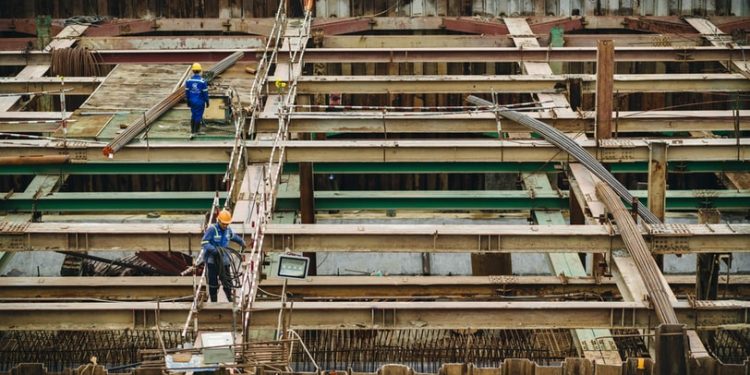High-rise buildings have some unique health and safety issues that must be taken into account. If building owners take good care of their property and treat their tenants with respect, high-rise buildings can be incredibly safe. Here are three important health and safety considerations that are necessary for high-rise buildings.
Fireproof Cladding
The importance of fireproof cladding in high-rise buildings was brought tragically into the public eye on June 14th, 2017. In London, England, a fire that broke out in the kitchen of an apartment in the Grenfell tower spread quickly outside the building. The inadequate aluminum composite cladding surrounding the building burst into flames – surrounding the tower and trapping people in their apartments. 72 People were tragically killed, and many more were injured horrifically. A government inquiry found that inadequate fireproof cladding was one of the major reasons the fire became such a disaster.
Fireproof cladding is essential for all high-rise buildings. Fires have been the cause of some of the worst disasters to befall tall buildings around the world. Good cladding can save a building from fire – isolating it in one office or apartment instead of allowing it to climb up the external surfaces of a structure.
Elevator Maintenance
Malfunctioning elevators can cause inconveniences at best and serious injuries at worst. To prevent anything from happening to anyone in the building, hiring an experienced inspection company like ATIS to conduct regular inspections to prevent breakdowns and accidents by identifying sensor and structural issues. The weight-sensor systems need to be tested to make sure that they can recognize when they are carrying loads and when they might be overloaded. It is also important to ensure that they are hooked up to a manned alarm system with a speaker, so if anyone does happen to get trapped inside, they can raise the alarm and be informed when help is on the way.
Fire Doors
The key to saving a high-rise building from being completely engulfed during a fire incident is compartmentalization. If a fire is contained in a compartment, it will burn itself out without finding more fuel in other building sections. Fire doors are crucial to compartmentalizing a fire. They are thick, made of fire-resistant materials, and seal tightly against a flame to prevent a fire from spreading. There are strict guidelines that dictate the necessary specifications of fire doors. These simple safety features have saved thousands of lives.
Fire doors are rated using the FD code. The FD code of a fire door is directly related to how many minutes it can withstand ablaze. An FD 30 fire door, for instance, can survive for 30 minutes without letting flames or smoke pass by. It is important to inspect fire doors regularly. If the seals of a fire door are compromised, then smoke will still be able to pass it by – which could end up costing an unfortunate person their life further down the line.















































